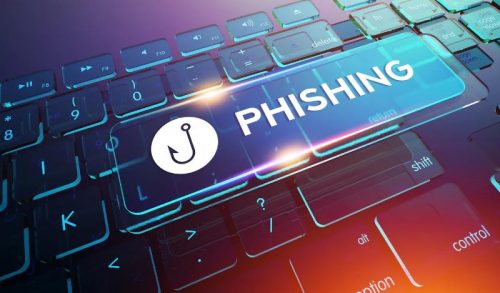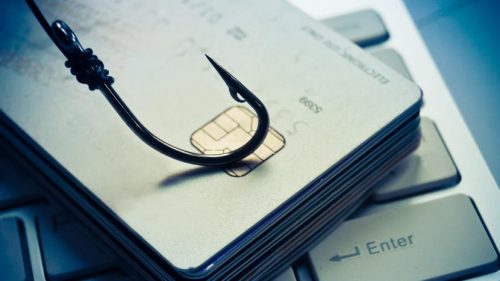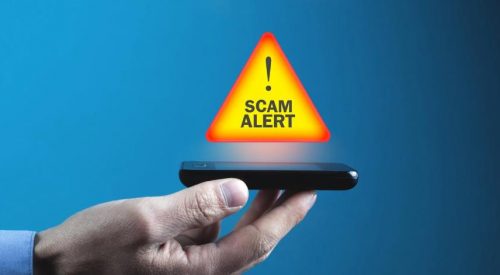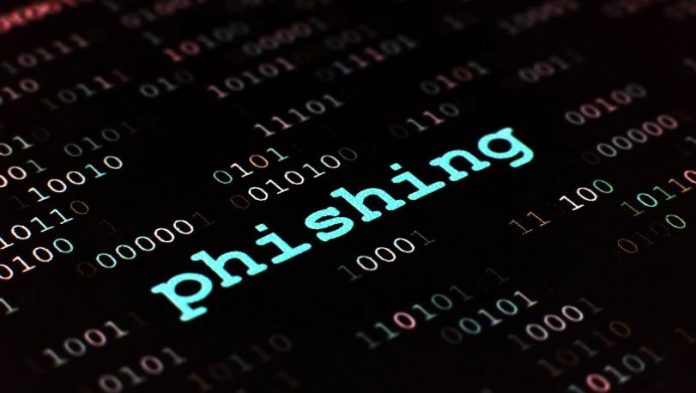Imagine a beautiful morning with yourself settling down with a warm cup of coffee and scanning through your emails. There’s one from your bank asking you to confirm some personal details following a system update. You think nothing of it and enter your details.
Congratulations, you may have just become a victim of phishing. It’s that easy and can be so harmful you could lose all your life savings that fast.
In an era where our lives are extensively intertwined with the digital realm, understanding the concept of phishing and other types of scams is not only crucial – it’s a survival skill. Falling prey to such scams could cost you not only money but also your or your company’s reputation.
What is Phishing?
Phishing (pronounced “fishing”) is a cybercrime where targets are contacted via email, telephone, or text message by someone posing as a trustworthy entity. The aim? To lure individuals into providing sensitive data such as personal identification numbers, passwords, credit card numbers, and bank account information.
 These cybercriminals set up fake websites that mirror legitimate ones or send messages that seem to come from reputable sources. And while they’re getting smarter and more sophisticated, there are ways to see through their tricks.
These cybercriminals set up fake websites that mirror legitimate ones or send messages that seem to come from reputable sources. And while they’re getting smarter and more sophisticated, there are ways to see through their tricks.
Examples of Phishing:
- Emails Mimicking Reputable Companies: A common example is an email that appears to be from a well-known source, like your national post office service, stating there’s an issue with your recent order and asking you to log in to fix it.
- Tax Scams: Cybercriminals send emails pretending to be from the tax department, claiming you owe money and demanding immediate payment.
- Fake Wins: Messages declaring you’ve won a significant amount of money or some expensive thing like a smartphone – but first, they need your bank account details “to transfer your winnings.”
Notable Data Breaches That Happened Through Phishing
 The dangers of phishing are more than just theoretical. Many large companies have fallen victim to these scams, leading to massive data breaches.
The dangers of phishing are more than just theoretical. Many large companies have fallen victim to these scams, leading to massive data breaches.
- Target: In 2013, attackers used a phishing scheme to break into Target’s network, leading to the theft of the personal and financial information of over 40 million customers.
- Sony Pictures: A Sony Pictures hack resulted in a breach where significant amounts of confidential data were exposed, and a few unreleased movies were leaked online. It’s likely that phishing attacks were one of the reasons hackers gained access to that data and then proceeded with malware.
- Hillary Clinton’s Campaign: An infamous example of 2016 in which a phishing attack accessed emails that were then leaked, causing significant turmoil in the US Presidential race.
These examples illustrate the damaging and far-reaching consequences phishing can have on both individuals and large organizations. It’s also highly advisable to follow phishing trends and stats and read about any possible high-scale breaches that involve influential companies. You can never know when your credentials may be exposed, and it will not even be your fault.
How Can You Protect Yourself?
The good news is – phishing attacks can be defended from.
 Follow these tips:
Follow these tips:
- Be Skeptical: If you receive an unsolicited message asking for sensitive information, make sure to verify its authenticity by contacting the company directly using a phone number or email address from their official website, not from the message you received.
- Obtain a VPN. This tool will encrypt your IP address while also removing most of the random ads on suspicious websites that could lead to phishing. You can choose reputable companies offering a secure US VPN that will work fast and well.
- Check for Telltale Signs: Often, phishing emails will have misspellings, poor grammar, or generic greetings like “Dear Customer.” A mismatched or suspicious URL (though you shouldn’t click on any URLs in emails unless you’re 100% sure where it’s coming from) is another red flag.
- Use Security Software: Ensure your computer is equipped with updated antivirus software. Some tools are designed to detect and block phishing emails. Examples include Avast, Norton, and McAfee.
- Multi-Factor Authentication (MFA): Even if cybercriminals obtain your password, MFA requires a second form of identification before allowing access. This can be a lifesaver in some cases.
- Use a Secure Password Manager: Even if you clicked on a link seemingly from a trusted source but have all your passwords safely stored in a vault, if it’s a scammy website – the app won’t offer you autofill. This can alert and stop you seconds before the mistake of entering your details.
- Educate Yourself: Last but not least, regularly keep up with the latest phishing techniques. Being informed can help you recognize attempts before any harm is done.
- Use a Web Browser with Phishing Filters: Modern web browsers like Google Chrome, Mozilla Firefox, and Microsoft Edge have built-in phishing filters that warn users when they attempt to visit deceptive sites.
Adhere to these practices and instil a sense of caution – then, you’ll stand a strong chance against the crafty lures of cyber criminals.
Phishing, undoubtedly, isn’t just a trivial scam but a formidable weapon in the hands of wrongdoers. Awareness, scepticism, and the right tools are our best defence against this threat. In the world of cybersecurity, knowledge is indeed power. Stay informed and safe!




































